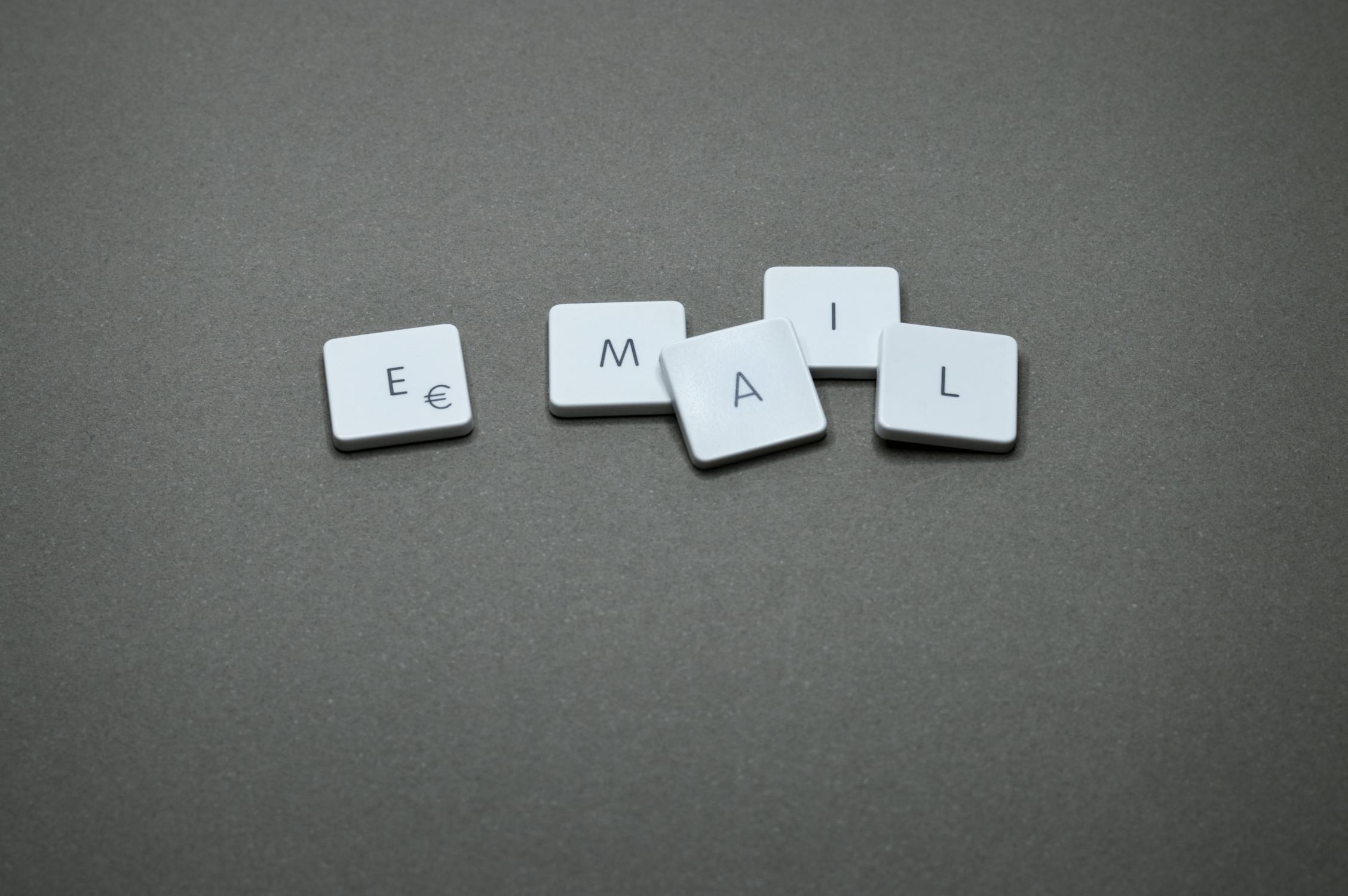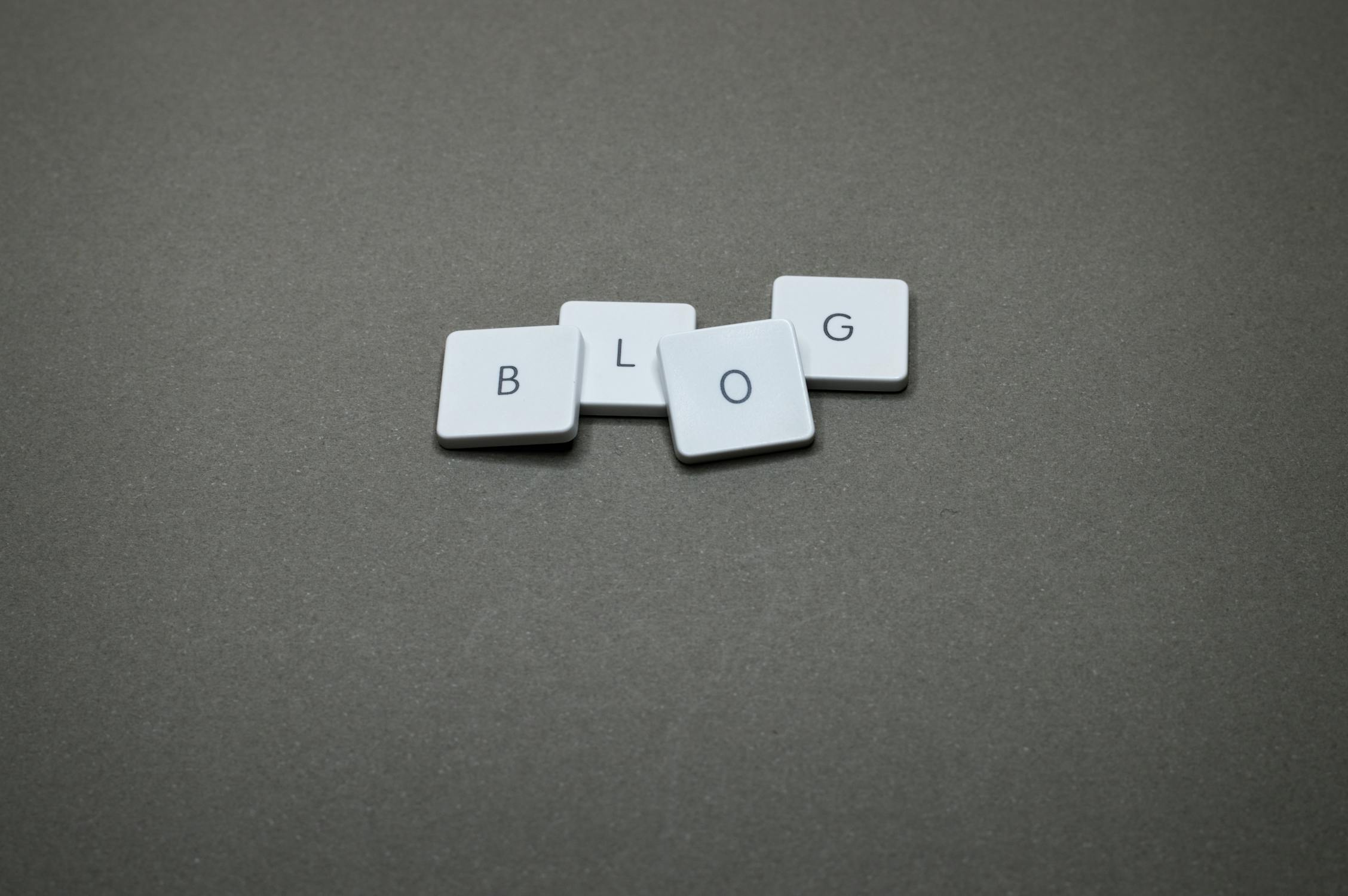Email marketing remains one of the highest ROI marketing channels, delivering an average return of $42 for every $1 spent. However, with the average person receiving 121 emails daily, breaking through the noise requires strategic approaches that prioritize value, relevance, and genuine connection with your audience.
The Current Email Marketing Landscape
Email marketing has evolved significantly from the days of mass, generic broadcasts. Today's successful email campaigns are highly personalized, mobile-optimized, and integrated with broader marketing automation strategies. The average open rate across industries is 20.94%, but top-performing campaigns achieve rates of 40% or higher.
Subject Line Optimization Strategies
Your subject line is the gatekeeper to your email content. With 47% of recipients deciding whether to open an email based solely on the subject line, crafting compelling, relevant headlines is crucial.
Effective Subject Line Techniques
- Personalization: Including the recipient's name can increase open rates by 26%
- Urgency and Scarcity: "Last chance" or "Limited time" create compelling reasons to open immediately
- Curiosity Gaps: "The mistake 90% of marketers make" creates intrigue
- Benefit-Focused: Clearly communicate what value the email provides
- Question Format: "Are you making this SEO mistake?" engages readers directly
Subject Line Testing
A/B test different subject line approaches with small segments of your list before sending to your full audience. Test variables like length, tone, personalization, and emotional triggers to identify what resonates with your specific audience.
List Building and Segmentation
Quality Over Quantity
A smaller, engaged email list consistently outperforms a large, unengaged list. Focus on attracting subscribers who are genuinely interested in your content and offerings through valuable lead magnets and clear value propositions.
Advanced Segmentation Strategies
- Behavioral Segmentation: Group subscribers based on website actions, email engagement, and purchase history
- Demographic Segmentation: Tailor content based on age, location, industry, or company size
- Lifecycle Stage: Send different content to new subscribers, engaged customers, and at-risk segments
- Engagement Level: Separate highly engaged users from those who rarely open emails
Mobile Optimization
With 46% of emails opened on mobile devices, mobile optimization is non-negotiable. Mobile-optimized emails see 15% higher click-through rates than non-optimized emails.
Mobile-First Design Principles
- Single column layouts that scale well on small screens
- Large, tappable buttons (minimum 44px height)
- Concise subject lines (30-40 characters for mobile)
- Legible font sizes (14px minimum)
- Optimized images that load quickly
Personalization and Dynamic Content
Personalized emails deliver 6x higher transaction rates than generic emails. Modern email platforms enable sophisticated personalization beyond just using the recipient's name.
Advanced Personalization Tactics
- Dynamic Product Recommendations: Show products based on browsing or purchase history
- Location-Based Content: Include local events, weather, or store information
- Behavioral Triggers: Send emails based on specific actions or inactions
- Custom Content Blocks: Show different content sections based on subscriber preferences
Send Time Optimization
The timing of your email sends significantly impacts open and click rates. However, optimal send times vary by industry, audience, and geographic location.
General Best Practices
- Tuesday through Thursday: Generally see highest engagement rates
- 10 AM - 2 PM: Peak opening times for B2B emails
- 6 PM - 10 PM: Strong performance for B2C emails
- Avoid Mondays and Fridays: Lower engagement due to weekend transition
Important: Test send times with your specific audience. Use your email platform's analytics to identify when your subscribers are most active and engaged.
Content Strategy for Higher Engagement
Value-First Approach
Every email should provide clear value to the recipient. Whether it's educational content, exclusive offers, or entertainment, subscribers should benefit from opening your emails.
Content Types That Drive Engagement
- Educational Content: How-to guides, industry insights, tips and tricks
- Exclusive Offers: Subscriber-only discounts or early access
- User-Generated Content: Customer stories, reviews, and testimonials
- Behind-the-Scenes: Company culture, team spotlights, process insights
- Curated Content: Industry news roundups and relevant third-party content
Automation and Triggered Campaigns
Automated email campaigns generate 320% more revenue than one-off campaigns. Strategic automation ensures timely, relevant communication without manual effort.
Essential Automated Campaigns
- Welcome Series: Onboard new subscribers with valuable content and clear expectations
- Abandoned Cart: Recover lost sales with personalized product reminders
- Post-Purchase: Confirm orders, provide support, and encourage reviews
- Re-engagement: Win back inactive subscribers with special offers or content
- Birthday/Anniversary: Celebrate milestones with personalized offers
Deliverability Optimization
Even the best email content is worthless if it doesn't reach subscribers' inboxes. Maintaining strong deliverability requires ongoing attention to technical and content factors.
Key Deliverability Factors
- Sender Reputation: Maintain consistent sending patterns and low complaint rates
- List Hygiene: Regular remove inactive and invalid email addresses
- Authentication: Implement SPF, DKIM, and DMARC records
- Content Quality: Avoid spam trigger words and maintain good text-to-image ratios
- Engagement Metrics: High open and click rates improve sender reputation
Measuring Email Marketing Success
Track metrics that align with your business objectives. While open rates are important, focus on metrics that directly impact revenue and customer relationships.
Key Performance Indicators
- Open Rate: Indicates subject line and sender reputation effectiveness
- Click-Through Rate: Measures content relevance and call-to-action effectiveness
- Conversion Rate: Tracks how well emails drive desired actions
- Revenue Per Email: Directly measures financial impact
- List Growth Rate: Indicates the health of your subscription strategy
- Unsubscribe Rate: Signals content relevance and frequency appropriateness
Future of Email Marketing
Email marketing continues evolving with new technologies and changing consumer expectations. Interactive emails, AI-powered personalization, and privacy-first strategies are shaping the future of the channel.
Success in email marketing requires balancing automation with personalization, technology with human connection, and promotional content with genuine value. Brands that master this balance will continue to see email marketing drive significant business growth and customer loyalty.





